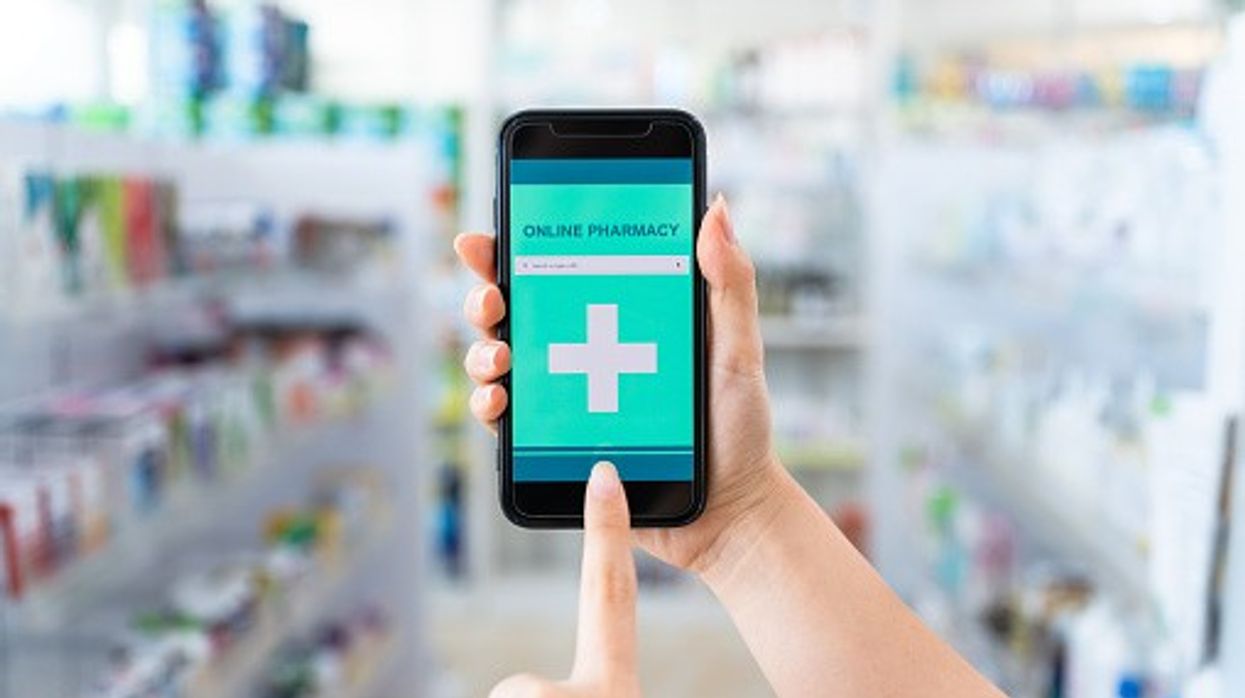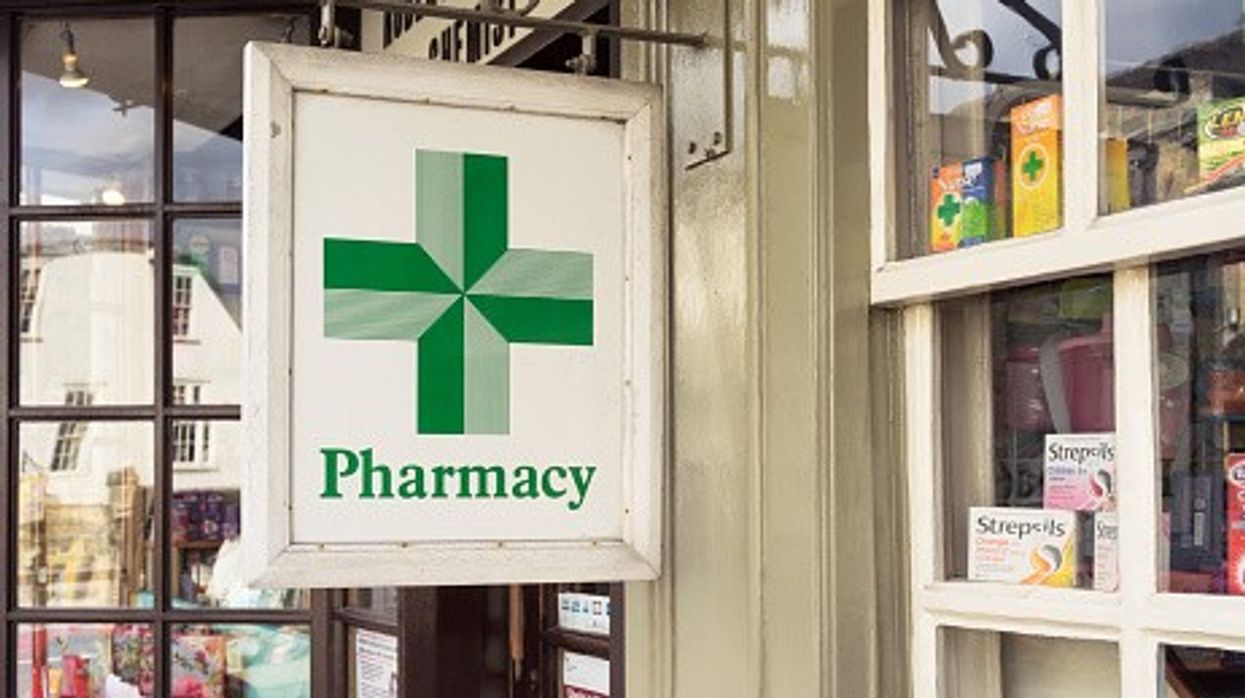Only 16% of Indian e-pharmacies and 42% of those in Kenya provide complete drug information
E-pharmacies in India and Kenya demonstrate low compliance with global best practices and existing or proposed national regulations, a new study has revealed.
Published in PLOS Global Public Health, the study found that none of the assessed e-pharmacies in either country was fully compliant with regulatory requirements.
On average, e-pharmacies serving Kenya met 8.9 out of 12 (74 per cent) of the country’s regulatory requirements, while those serving India complied with 7.5 out of 14 (54 per cent) ‘proposed requirements.’
The research was conducted by the George Institute for Global Health in India, in collaboration with Strathmore Business School in Kenya and the London School of Hygiene & Tropical Medicine.
E-pharmacies were defined as businesses selling prescription-only medicines (POMs) directly to consumers through websites or apps.
The study identified 61 websites and 37 apps catering to Indian consumers, alongside 26 websites and three apps serving Kenyan users.
Researchers assessed these platforms against global ‘best practice’ standards, as well as existing national regulations in Kenya and ‘proposed requirements’ from local guidelines and draft bills in India, where there are no e-pharmacy-specific regulations.
Key findings include:
- A facility to upload prescriptions was provided by 90% of websites serving India and 58% serving Kenya.
- Only 16% of Indian e-pharmacies and 42% of Kenyan e-pharmacies provided complete drug information, including indications, side effects, drug interactions, and contraindications.
- Only 31% websites serving Kenya and none serving India displayed required registration numbers.
- Despite regulations and guidelines, 62% of e-pharmacies in Kenya and 34% in India listed narcotic or controlled drugs for sale.
- All websites serving India, and all but one serving Kenya, complied with the practice of prohibiting advertisements of POMs.
The study also found that high-traffic websites and e-pharmacies located within the study country had higher mean compliance to regulation and best practices compared to the others.
The researchers highlighted the need for a robust regulatory framework to ensure consumer safety and and maintain the quality of pharmaceutical care in the rapidly growing e-pharmacy sector in both countries.
“The study findings can be leveraged to strengthen regulatory enforcement in Kenya and inform the development of legislation and accompanying regulations for e-pharmacies in India,” they noted.
They recommend a risk-based approach to regulation, where regulators work with the largely compliant (“good”) e-pharmacies, improve enforcement among the partially compliant (“bad”), and eliminate the largely non-compliant (“ugly”).
The study cautioned that poorly regulated e-pharmacy could expose consumers to health and e-commerce-related risks.
Over the past decade, the global e-pharmacy market has witnessed significant expansion. Valued at USD 92 billion (£74.25 billion) in 2023, it is projected to surpass USD 350 billion (£282.48 billion) by 2033, with emerging markets driving the majority of this growth.
In India, e-pharmacies currently account for 2–3% of total medicine sales, a figure anticipated to increase to 15% over the next ten years.
Meanwhile, Africa’s e-pharmacy sector has seen remarkable growth, tripling from USD 190 million in 2019 (pre-COVID-19) to USD 560 million in 2022.
The African e-pharmacy market tripled from a pre-COVID-19 value of USD 190 million (£153.34 million) in 2019 to USD 560 million (451.96 million) in 2022.













